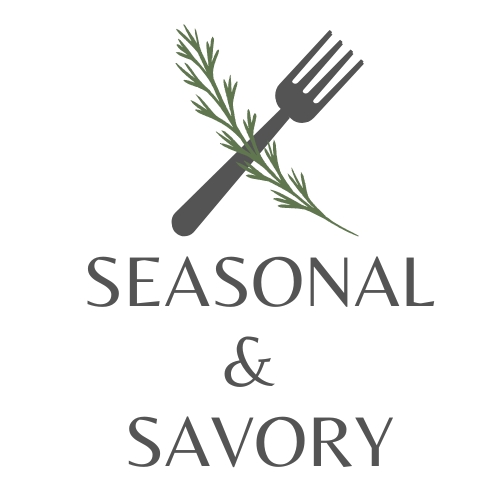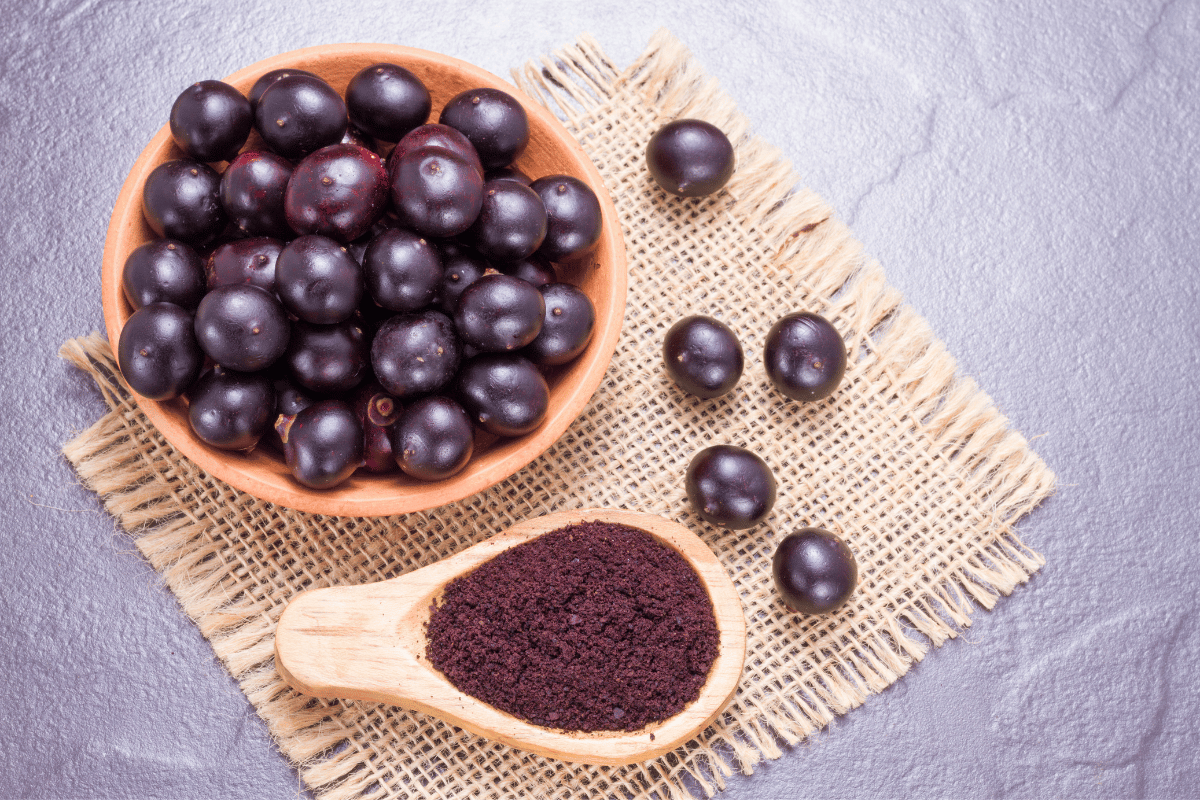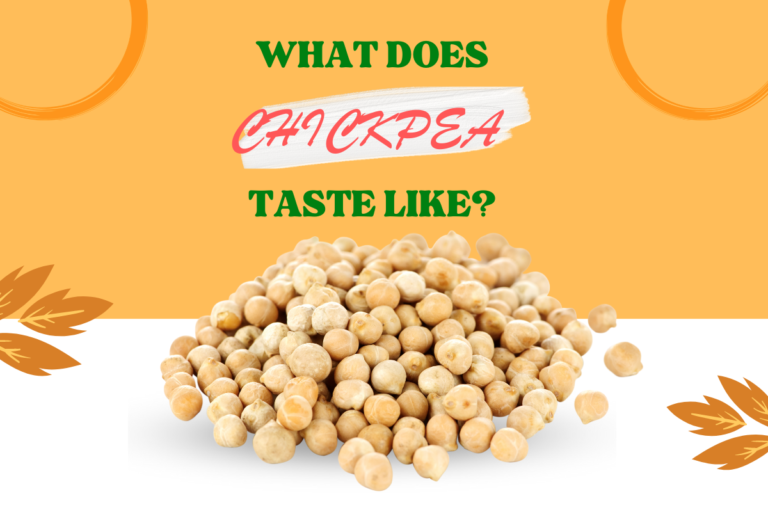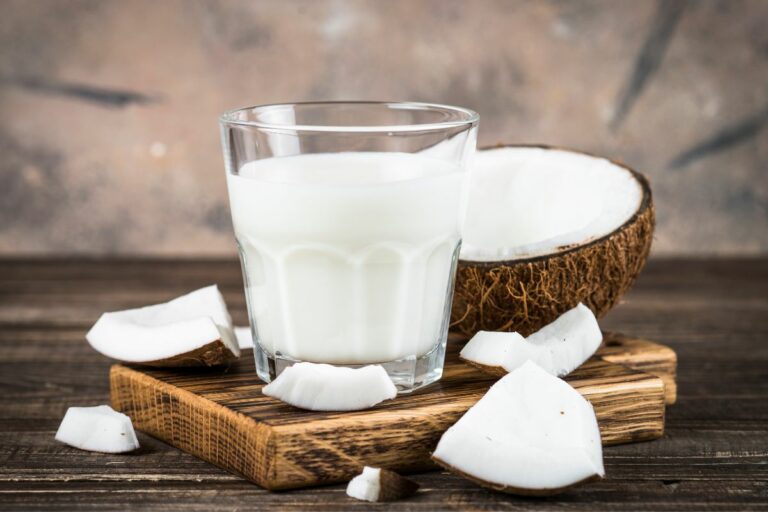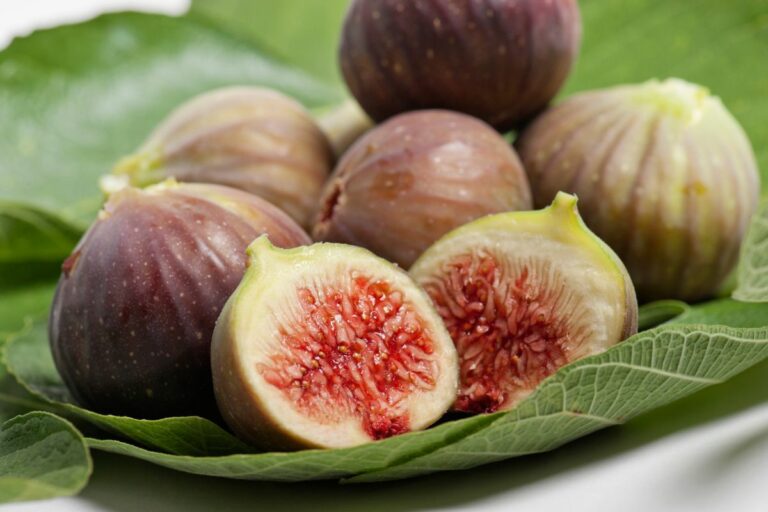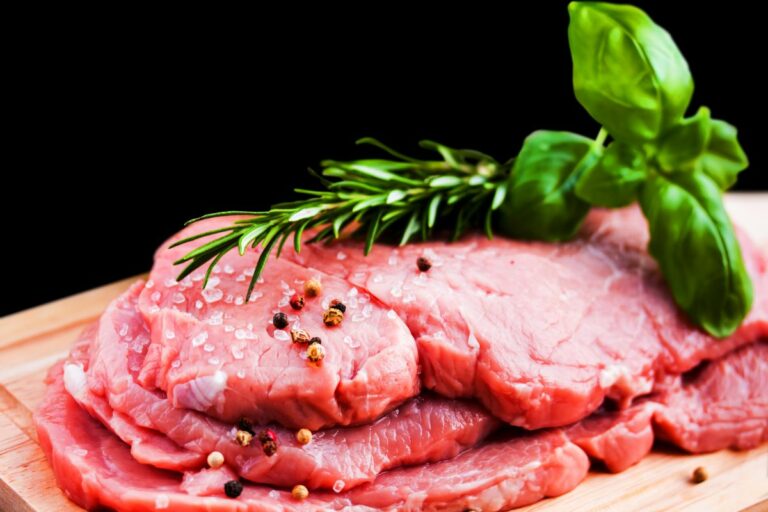What Does Cornstarch Taste Like?
One of the most common items in every kitchen is cornstarch. This white powder is very versatile and has a lot of uses. But most likely, you don’t know what it tastes like. So the question remains, “what does cornstarch taste like?”
The flavor of cornstarch is similar to that of flour. It tastes and feels like powder and has a fine, bland consistency. Cornstarch is the ideal natural thickening agent since, in addition to its many other uses it is nearly tasteless.
Read on to know more about the flavor and texture of cornstarch, some of the common uses of the powder, its negative impact on your health, and a number of ideal alternatives.
What Does Cornstarch Taste Like – Flavor and Texture

In spite of its corn roots, cornstarch doesn’t really taste like corn. Taste-wise, cornstarch is most similar to grain or other bland starches. During the processing, the kernel is removed, which removes a significant amount of the taste.
Cornstarch has a balanced taste and smell, neither too sweet nor too bitter. While cornstarch has many culinary uses, it should be used in moderation because it has been linked to an increase in blood sugar in humans.
Let’s find out in detail about the flavor and texture of cornstarch.
Flavor
Cornstarch has no flavor at all. The flavor of cornstarch is similar to that of flour, which is quite mild and unnoticeable. Therefore, it is an excellent option for thickening any meal that contains liquid. Once you find the sweet spot for your recipe, there will be no trace of cornstarch left behind.
Furthermore, some have noted that cornstarch has a grainy taste with a sweet aftertaste. Cornstarch’s interaction with taste receptors on the tongue is suspected to be the cause.
Texture
The cornstarch will have different textures depending on the recipe. Cornstarch, when consumed in its unprocessed form, has a silky smooth texture, not unlike that of sugar powder.
Cornstarch has a thicker and denser texture than typical flours or starches manufactured from wheat or rice. Cornstarch contains fewer gluten proteins than flour, therefore it doesn’t leave as strong of a mouthfeel when eaten.
In contrast, the consistency will shift after the cornstarch has been combined with water. Cornstarch will absorb moisture and turn creamy when combined with water.
It will give whatever you put it in a jellylike consistency. The more the quantity of cornstarch used, the more of a jellylike consistency is achieved.
What Cornstarch Does to Your Recipe?

Cornstarch can be utilized in a number of different ways. Some are:
It Adds Some Thickness to A Sauce
There are several methods for thickening sauce, including the addition of a roux, an egg yolk, or flour. However, a slurry made of cornstarch can achieve the same effect quickly. Combine some cornstarch with some water (or milk), then whisk that mixture into the sauce.
It’s Used to Add Crisp to Your Fried Chicken
Instead of using flour when breading chicken or fish the next time you want it to be extra crunchy, consider using corn starch instead. Corn starch helps reduce the production of gluten and absorbs more moisture, both of which contribute to the meat’s crispiness.
It Prevents Sogginess in Pies
Bakers often encounter issues with fruit pies becoming too runny. Coating the fruit in corn starch will keep your pie filling from leaking out. This will prevent the pie from becoming soggy while it cooks by soaking up the juices emitted by the fruit.
It Prevents Omelets From Being Rubbery.
Add a little cornstarch to your beaten eggs for extra fluffiness and you’ll have eggs that are excellent for omelets.
Cooking eggs at too high a temperature causes the proteins in the eggs to “seize up,” the eggs to dry up, and the omelet to become rubbery. Because of the corn starch, the eggs won’t dry out too quickly and won’t get rubbery.
It’s a Great Addition to Vegan Delicacies.
As an alternative to eggs, corn starch is a useful ingredient for vegan bakers. Add 1 tablespoon of cornstarch to 3 tablespoons of hot water and whisk until smooth. The same principle applies if you find yourself unexpectedly without eggs.
Not only your food items but cornstarch is also used for cleaning purposes.
Have you ever had trouble cleaning a grease stain off of your favorite shirt? To remove a grease stain, simply sprinkle some cornstarch on it and let it sit for around 15 minutes.
To remove the stain, mix in some water (enough to form a paste) and scrub. Just give it a good rinsing, and the stain will fade before your eyes.
Does Cornstarch Cause Any Health Issues?

Cornstarch, while useful in the kitchen, also has some negative health effects. Consuming raw cornstarch can lead to serious digestive and health complications.
Even while cornstarch is generally regarded as edible, eating too much of it or eating it frequently in little amounts (as in soups, sauces, and other dishes) might have negative effects on your health.
Cornstarch is almost tasteless, making it easy to consume too much of it. Treats made of cornstarch and sugar, for instance, are a popular confection.
You can reduce the negative consequences of eating cornstarch by eating it in moderation as part of a well-rounded diet.
Is There Any Alternative to Cornstarch?
Well, yes, there are some great alternatives to cornstarch you can use when you run out of the ingredient.
1. All-Purpose Flour
The use of all-purpose flour as a thickening is recommended because of its consistency and reliability. It won’t shine like cornstarch, but it’ll do in a hurry. In order to achieve the same level of thickening power as cornstarch, you would need to use nearly twice as much all-purpose flour.
2. Arrowroot Powder
This starch thickens like cornstarch and provides a glittering sauce. The one drawback of using arrowroot is that it doesn’t hold up well to storage or reheating, so it’s better to use this method just when you’re going to be serving the dish right away.
3. Potato Starch
Though it has the same thickening power as arrowroot, this starch doesn’t keep well once cooked, so whatever you make should be consumed as quickly as possible. Potato starch thickens like cornstarch, so don’t modify the measurement.
4. Rice Flour
Rice flour has 50% of the thickening capacity of cornstarch, so use two tablespoons for every tablespoon of cornstarch. It’s colorless, therefore it’s ideal for clear liquids.
FAQ
Is the flavor of cornstarch sweet?
Corn starch is odorless, flavorless, and mildly sweet. The powdered consistency of this ingredient makes it ideal for thickening liquids like sauces and soups. In addition, it can be found in many desserts.
What occurs after consuming cornstarch?
Cornstarch is a food that has been heavily processed and has very little nutritional value because it does not include any fiber, minerals, or vitamins.
Due to its high fiber content, eating too much of it might cause gas and gastrointestinal distress. A rise in blood sugar is another possible outcome.
How is cornstarch stored?
Cornstarch is best kept in a dark, cool place. Most cornstarch sold in stores is packaged in resealable canisters; after each use, be certain the cap is securely fastened. Cornstarch has an infinite shelf life if stored properly.
Can you get fat from eating cornstarch?
No, as long as you eat a varied and healthy diet you will not get fat. Some people attribute their weight increase to certain foods or nutrients, although this is not the case.
Conclusion
Finally, exactly how does one describe the flavor of cornstarch? It doesn’t have much flavor, that’s for sure. Absolutely no flavor. Its capacity to thicken various foods is the primary reason for its widespread use in the cooking industry.
